Many scientists believe we are at the stage where no part of Earth, from rainforests to ice caps to oceans, is free from human impact. It has been labeled the ‘era of mass extinction’, largely caused by humans. My PhD research explores how we, as individuals and as a society, can care more about the other species that share our planet. I am focusing on coral reefs, one of the most threatened ecosystems globally.
What does it mean ‘to care’?
Care can include the emotion of ‘caring about’ a person or a cause, or the practical activities of ‘caring for’ someone. Some researchers believe that we care about what and who is closest to us. Others believe we care about things that trigger a strong emotional reaction within us.
Most research on care focuses on the ways people care for other people, but recently, social scientists have started to consider how people care about the ‘non-human’ world. Research has shown that humans are hardwired to love and enjoy spending time in nature. However, we feel more connection to certain species than to others.
Jamie Lorimer, for example, has found that in general we care most about large ‘charismatic’ mammals like elephants, cuddly animals like koalas, or those most similar to us like orang-utans, which is why these animals are often used in marketing for conservation charities.
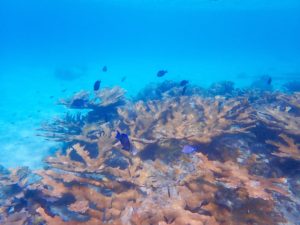
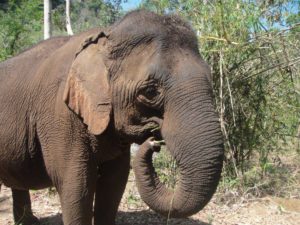
‘unlovable’ species
Caring for some species often means ‘not caring’ for others – ‘unlovable’ species may missout on attention or funding. Controversially, caring for one species may even involve killing another, for example the eradication of invasive species to care for native species. Which species people care about, or don’t care about, has a real-life impact.
Care and the Ocean
There is very little research into how humans interact with and care about the ocean. This may be because the underwater world is a ‘distant’ place. It is difficult for us to experience and understand what is going on below the surface, especially without technology. Some have suggested humans know less about the ocean then we do about space.
Within popular culture, animals such as turtles and dolphins that we can see from above the water are often seen as friendly, whilst species that live in the dark depths of the ocean are seen as mysterious or even dangerous. Sharks, for example, have often been unfairly portrayed as blood-thirsty monsters which has had a devastating impact upon them.
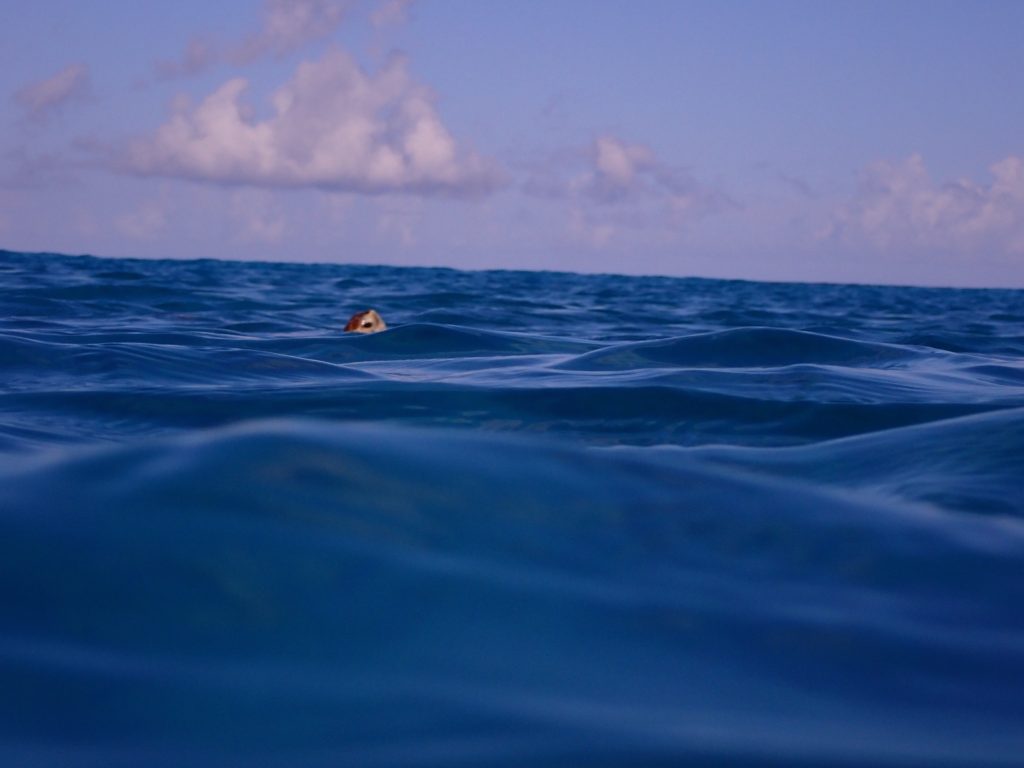
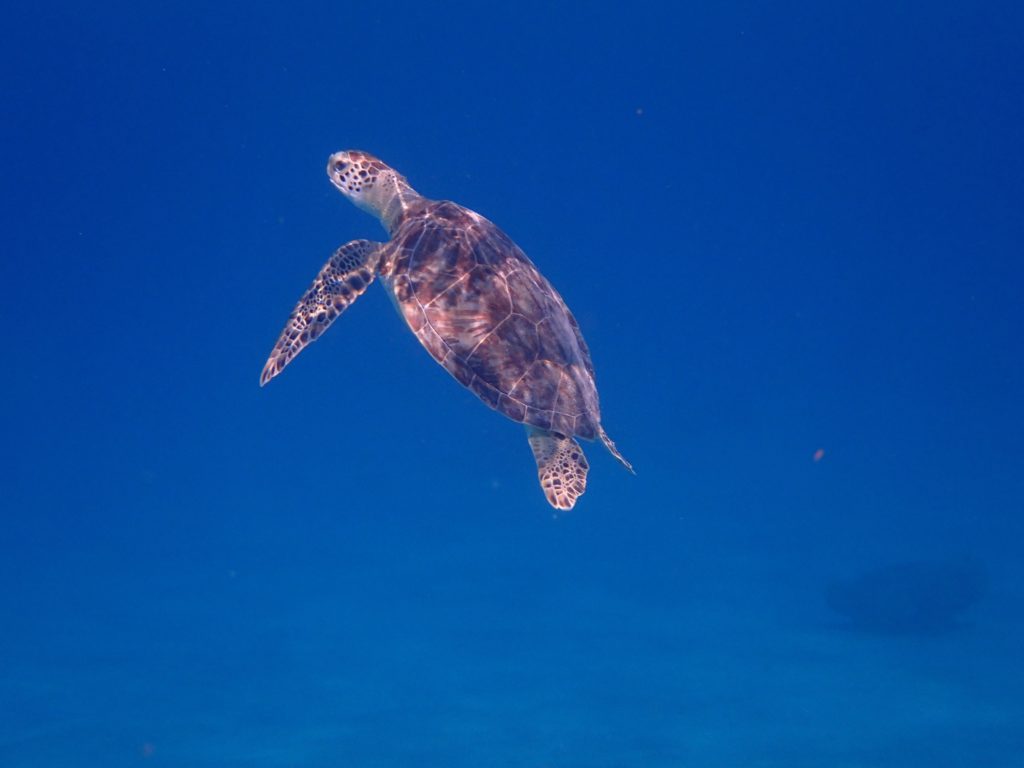
Out of sight, out of mind
Amanda Vincent suggests that a physical and emotional distance between humanity and the underwater world is the main barrier to successful marine conservation because people do not understand the links between their actions and the ocean. It is ‘out of sight, out of mind’.
My research will investigate where coral fits into this spectrum ranging from charisma, love and care on one hand, to distance, indifference or fear on the other. The aim is to find out how people view and interact with coral and the
resulting impacts this has on coral conservation.
Research Methods
To find out, I have been using the anthropological research method of ‘ethnography’ for the last four months. This involves:
• spending time in Bonaire
• participating in coral related activities
• carrying out in-depth interviews
After completing this fieldwork, I will return to the UK to analyse the data, and then write up my PhD thesis and produce a public report outlining the key findings.
Thank you to Reef Renewal Bonaire for all their help with the research, and all the participants who have taken part in the study so far.
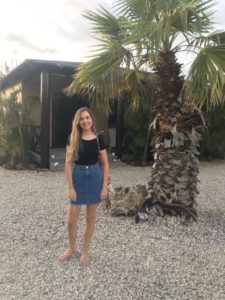
Words and photographs by Sarah Fischel, University College London.
This research is funded by a grant by The Royal Geographical Society London.
Sarah Fischel is a social science PhD student based in the Geography department at University College London in the UK. She is currently carrying out research into human – coral interactions in Bonaire.
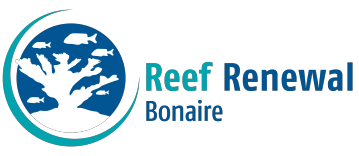




This is beautiful. Thank you for caring.
Australia’s great barrier reef gets a LOT of press. Not very many people with whom I have contact have even heard of Bonaire. Bonaire’s reefs are certainly not as colorful, but they have an incredible variety of fish. I only snorkel, but in 14 days of snorkeling in May 2022, I saw well over 65 varieties of fish, plus a green turtle, plus a spotted eagle ray, all within 100 feet of the shoreline between Divi Flamingo, Bonaire and the Karel pier in Kralendik, Bonaire. I was so happy to see all the coral trees growing new corals. I wish I knew how to encourage more people to care about the reefs by being aware of climate crises that occur around the world. Using less carbon resources ( we have 30 solar panels, a Tesla, and a hybrid plug in Ford C max), recycling, buying food from more sustainable sources, using less plastic and recycling what we use, are fairly easy ways to help. Every effort helps.